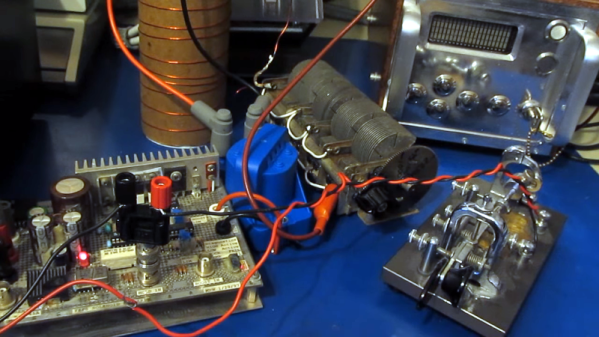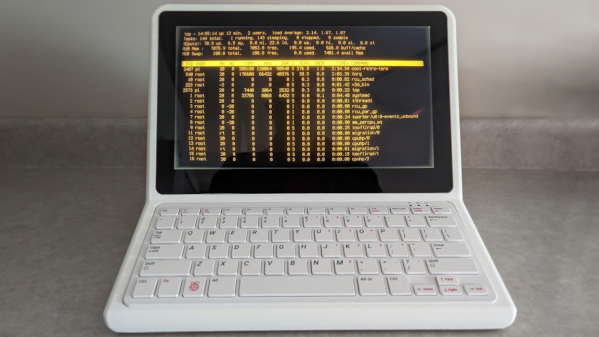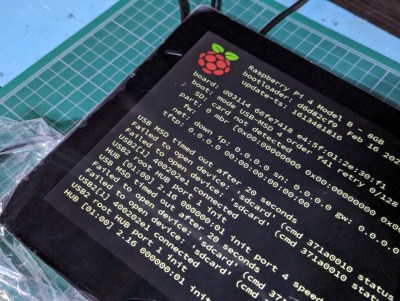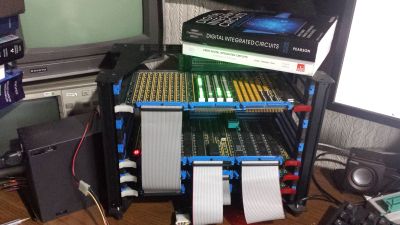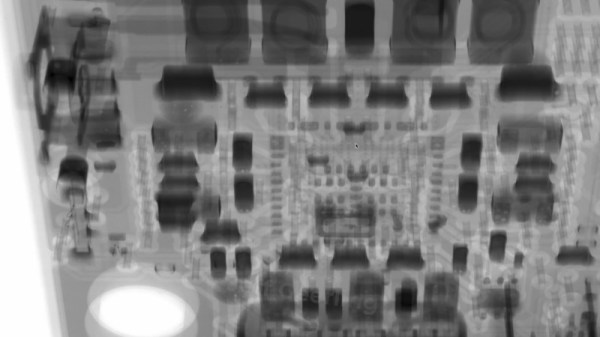In the “don’t try this at home” category, [Joe Smith] builds a spark gap transmitter with a twist. The twist is that the drive power is from a signal generator attached to a FET. From there, though, things go classic using an automotive ignition coil and a tank circuit. He shows how adjusting the spark frequency changes the signal’s sound in a standard receiver.
We say don’t try this at home because the output of a transmitter like this will likely spew RF all over the place. Granted, there’s probably not much power, but it may well irritate your neighbors.
Switching to AM, you can really hear the tone from the spark frequency in the receiver. [Joe] posted some earlier videos where he made a 160-meter spark gap transmitter using an electric fly swatter. There are more details about how the tank circuits work in those videos. You can also see what the output looks like on a spectrum analyzer. You can hear what that transmitter sounds like, too.
Continue reading “Modern Spark Gap Transmitter Uses A Rotary Gap”

